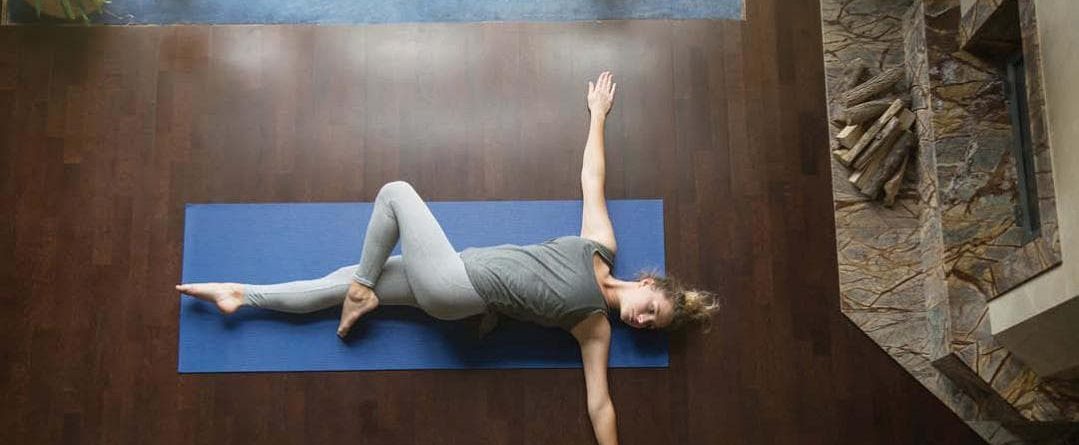The Role of Music and Bodywork in Holotropic Breathwork
Holotropic Breathwork is a unique and powerful approach to self-exploration and healing that combines deep, controlled breathing with music and bodywork. Developed by Dr. Stanislav Grof and Christina Grof, this transformative practice allows individuals to access altered states of consciousness, explore their inner worlds, and release emotional and psychological blocks. Central to the Holotropic Breathwork experience are the roles of music and bodywork, which work in harmony to facilitate profound healing and personal growth. In this blog post, we will delve into the significance of music and bodywork in the Holotropic Breathwork process.
The Synergy of Sound: Music in Holotropic Breathwork
Music plays a pivotal role in guiding and enhancing the Holotropic Breathwork experience. It serves as a powerful tool to influence emotions, evoke memories, and facilitate inner journeys. Here's how music contributes to the process:- Setting the Tone: The choice of music sets the emotional and energetic tone of a Holotropic Breathwork session. It can range from calming and nurturing melodies to intense and primal rhythms, depending on the intentions of the session.
- Emotional Resonance: Music has a remarkable ability to evoke emotions and memories. In Holotropic Breathwork, carefully selected music can trigger deep emotional releases, allowing participants to access and process buried feelings.
- Journey Guidance: The music acts as a guide, leading participants through different emotional landscapes. It can mirror the ebb and flow of the inner experience, supporting individuals as they navigate their inner worlds.
- Energetic Support: The rhythm and tempo of the music can influence the pace of breathing and the energy of the session. Faster, more intense music may encourage cathartic releases, while slower music can promote introspection and insight.
- Non-Verbal Communication: Since Holotropic Breathwork is often done with eyes closed, music serves as a non-verbal means of communication between the facilitator and the participant. Facilitators use music cues to provide support and guidance.
- Integration: After the intense breathing phase, the music transitions into a soothing phase to support integration and grounding. This phase allows participants to reflect on their experiences and prepare to re-enter ordinary consciousness.
Bodywork: A Holistic Approach
In addition to music, bodywork is an integral component of Holotropic Breathwork. Bodywork in this context refers to hands-on support provided by a trained facilitator. Here's how bodywork contributes to the Holotropic Breathwork process:- Physical Support: During the breathing phase, participants may experience physical sensations such as muscle tension, tingling, or involuntary movements. Bodywork practitioners offer physical support and gentle touch to help release tension and facilitate the energy flow.
- Emotional Release: The body often holds onto emotional blocks and memories. Bodywork can help individuals release these stored emotions, allowing for a more profound emotional release during the session.
- Energetic Alignment: Holotropic Breathwork views the body as an energetic system. Bodywork practitioners assist in aligning and balancing the energy centers, promoting a sense of harmony and flow.
- Safety and Grounding: The presence of a bodywork practitioner provides a sense of safety and grounding throughout the session. Participants can trust that they are being cared for and supported, allowing them to fully surrender to the process.
- Integration: After the intense breathing phase, bodywork practitioners continue to offer grounding touch and support to help participants integrate their experiences and return to ordinary consciousness feeling nurtured and supported.
The Dance of Music and Bodywork
The synergy between music and bodywork in Holotropic Breathwork creates a unique and deeply transformative experience. As participants immerse themselves in the rhythm of the music and receive the support of skilled bodywork practitioners, they embark on inner journeys of self-discovery and healing.Tips for a Fruitful Holotropic Breathwork Experience
- Choose Your Session Wisely: Attend Holotropic Breathwork sessions facilitated by certified and experienced practitioners who create a safe and supportive environment.
- Trust the Process: Surrender to the process, allowing the music and bodywork to guide you through your inner landscape. Trust that whatever arises is part of your healing journey.
- Prepare Mindfully: Before a session, set clear intentions and prepare mentally and emotionally. Ensure you are in a comfortable and safe environment.
- Follow Through with Integration: After the session, take time for reflection, journaling, and integrating the insights and experiences gained during the Holotropic Breathwork journey.

